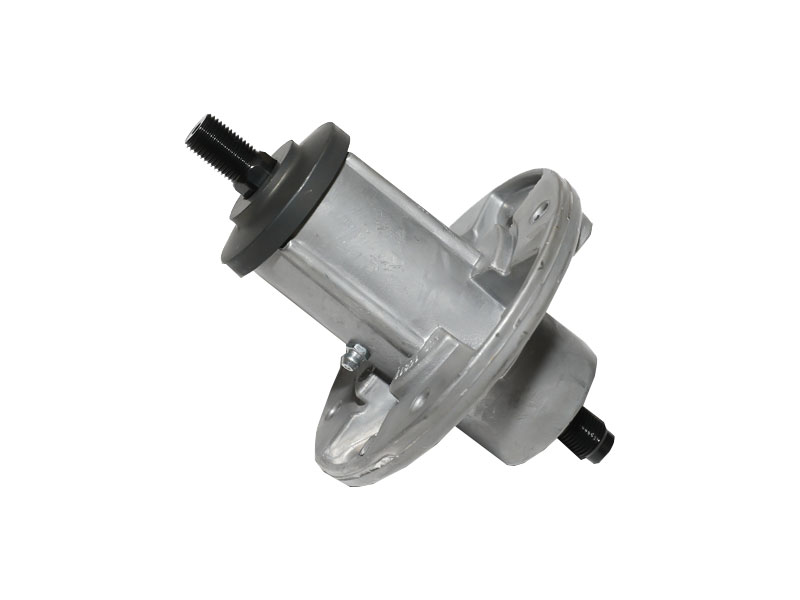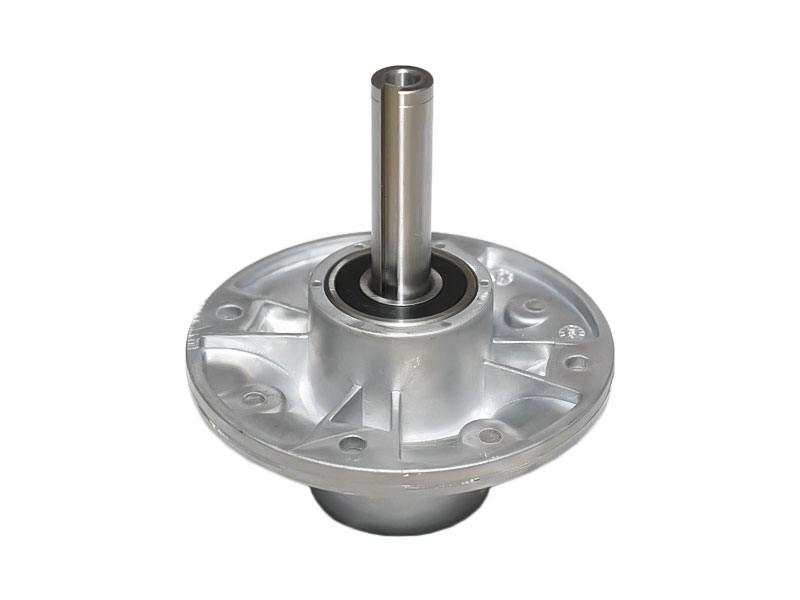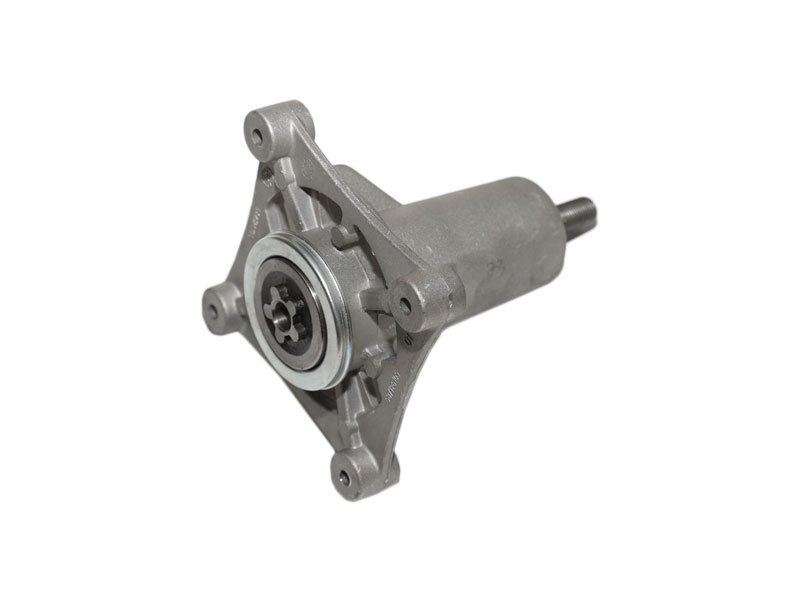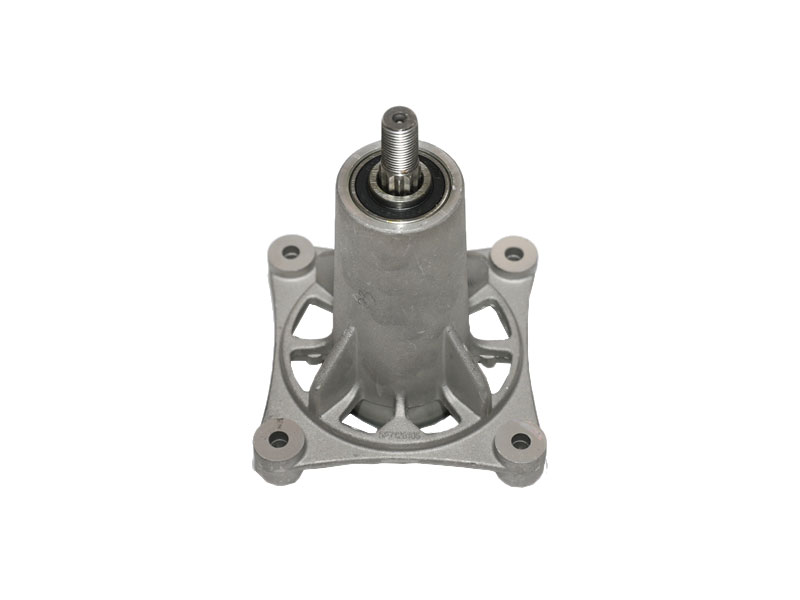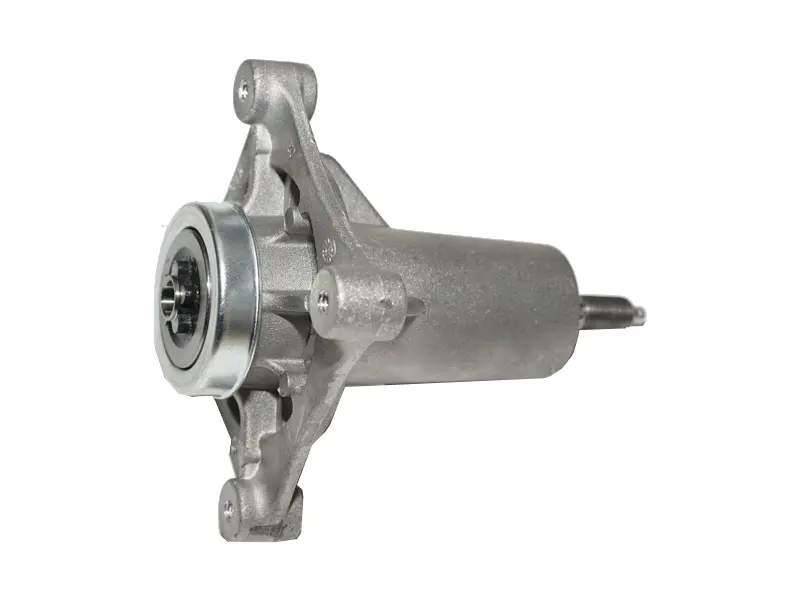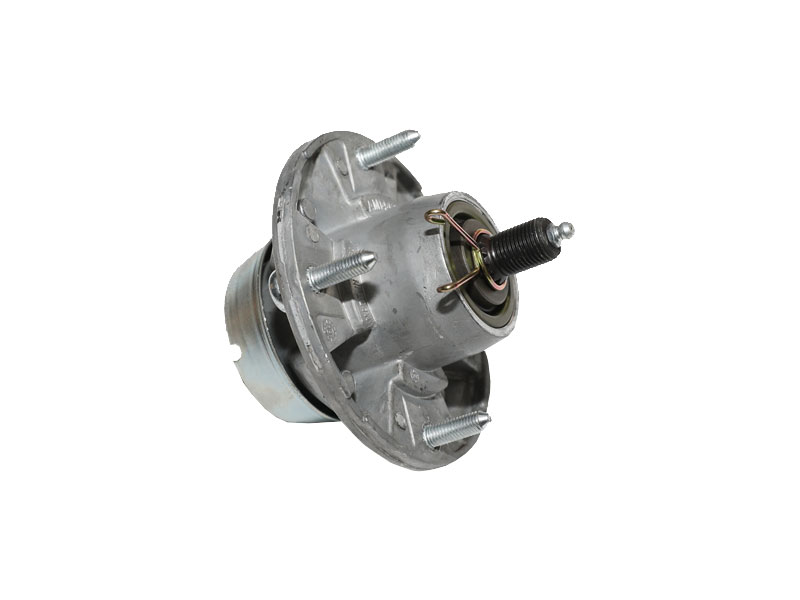The Pitman arm connects the steering box, attached to the bottom of the steering shaft, and the center/drag link. The Pitman arm converts the radial motion of the steering column or shaft into the linear motion that turns the automobile's wheels. When the steering wheel is turned, the worm gear at the bottom of the steering shaft turns a set of teeth.
This induces a gear to actuate the Pitman arm, which in turn causes the steering linkage to turn the wheels.The idler arm maintains the steering gear opposite the Pitman arm. The center/drag link and the tie rods are connected to the idler arm. When the steering wheel is turned, the Pitman arm gets activated which in turn moves the idler arm in a parallel rotating motion.
This series of actions ultimately turns the vehicle's wheels.The tie rods keep the wheel straight, with minimal steering, and also handle the tensile loads of steering. The inner tie rod end lies close to the center line of the automobile. It transfers the movement of the steering rack to the outer tie rod end.
The Steering Drag Link inner and outer tie rod ends are basically in-line and right-angled ball joints, respectively.One end of the drag link is connected to the Pitman arm and other end is attached to the idler arm. It transmits the movement of the Pitman arm to the idler arm. The length of the drag link affects the steering ratio.
- E-mail us: [email protected]
- Fax: +86-0571-86156896
Our Contacts
-
 Address:Gaodi Industrial Park, No.599 Donghu South Road, Nanyuan Street, Yuhang District, Hangzhou, Zhejiang, China
Address:Gaodi Industrial Park, No.599 Donghu South Road, Nanyuan Street, Yuhang District, Hangzhou, Zhejiang, China -
 Phone Numbers:+86-0571-86208501
Phone Numbers:+86-0571-86208501
+86-0571-86156133 -

Web Menu
Product Search
Exit Menu
What are the parts of the mechanical steering system
Related Products

Hangzhou Shengda Bearing Co., Ltd. is a Sino-US cooperative enterprise engaged in machinery manufacturing and processing.
Contact
 Add: Gaodi Industrial Park, No.599 Donghu South Road, Nanyuan Street, Yuhang District, Hangzhou, Zhejiang, China
Add: Gaodi Industrial Park, No.599 Donghu South Road, Nanyuan Street, Yuhang District, Hangzhou, Zhejiang, China E-mail: [email protected] / [email protected]
E-mail: [email protected] / [email protected] Tel: +86-0571-86208501 / +86-0571-86156133
Tel: +86-0571-86208501 / +86-0571-86156133 Fax: +86-0571-86156896
Fax: +86-0571-86156896
Mobile Site
Copyright 2024 © Hangzhou Shengda Bearing Co., Ltd. All Rights Reserved.
Lawn Mower, Auto Motorcycle Chassis Fittings Punching Presses Products Suppliers

 English
English 中文简体
中文简体 Español
Español svenska
svenska
